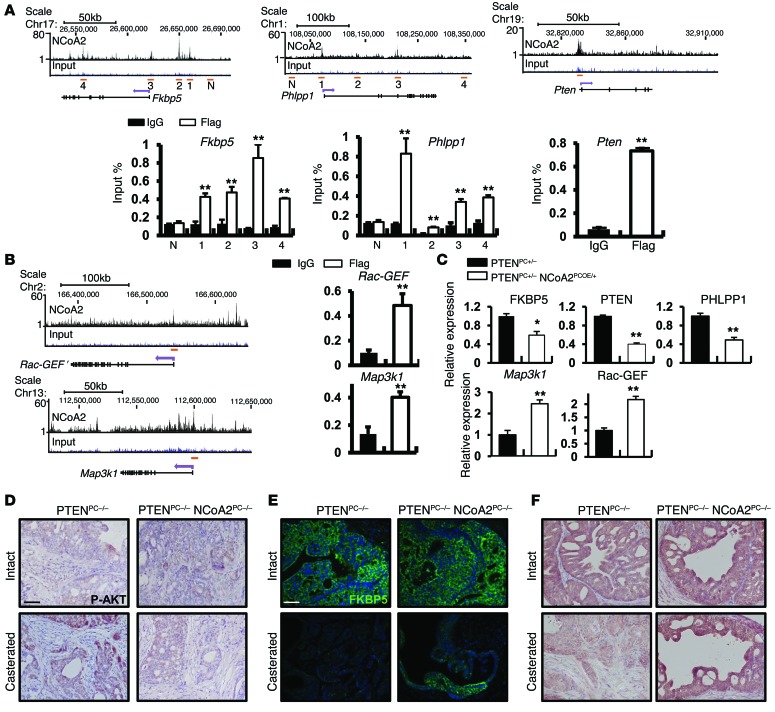Figure 5. NCoA2 directly regulates key components of PI3K/AKT and MAPK pathways to promote CRPC.
(A) ChIP-seq results of NCoA2 binding in the Fkbp5, Phlpp1, and Pten locus. Numbers indicate NCoA2 binding sites (top). N indicates a region without NCoA2 binding sites that served as a negative control. ChIP-PCR assays for NCoA2 binding to Fkbp5, Phlpp1, and Pten genes on pooled 7-month-old PTENPC+/– NCoA2PCOE/+ prostate samples using anti-Flag antibody (NCoA2 with Flag tag) or IgG (bottom). Bar graphs show an enrichment of DNA fragments pulled down by anti-Flag antibodies. (B) Left: ChIP-seq result of NCoA2 binding in the Map3k1 and Rac-GEF locus. Right: ChIP-PCR assays for NCoA2 binding to Map3k1 and Rac-GEF genes are as denoted. (C) Relative mRNA levels of denoted genes from PTENPC+/– and PTENPC+/– NCoA2PCOE/+ prostates (n = 6). (D–F) IHC analysis of phospho-AKT (D), FKBP5 (E) and PHLPP1 (F) expression in prostate tumors isolated from PTENPC–/– and PTENPC–/– NCoA2PC–/– mice with or without castration (6 months after castration). Student’s t test was used for all the statistical analysis. Scale bars: 50 μm (D–F). *P < 0.05; **P < 0.01.

